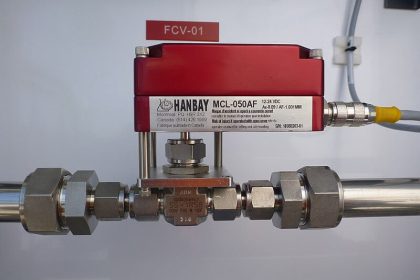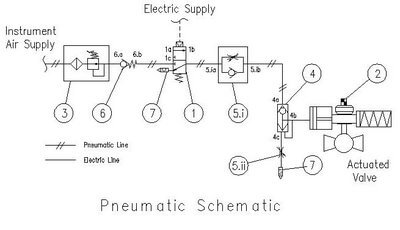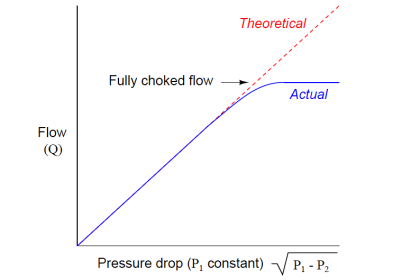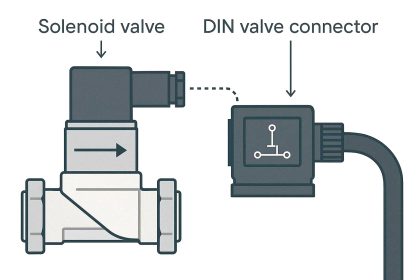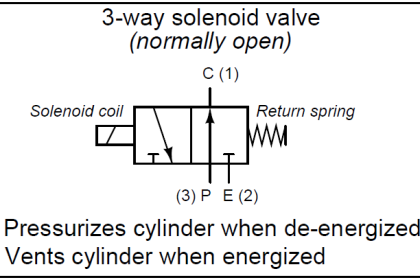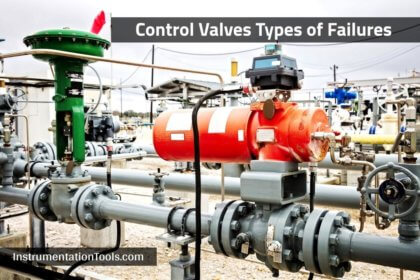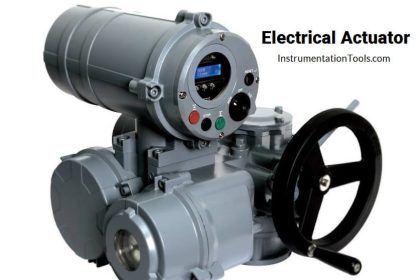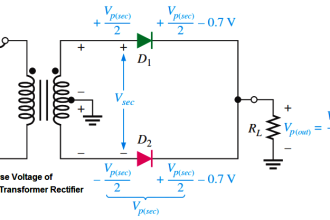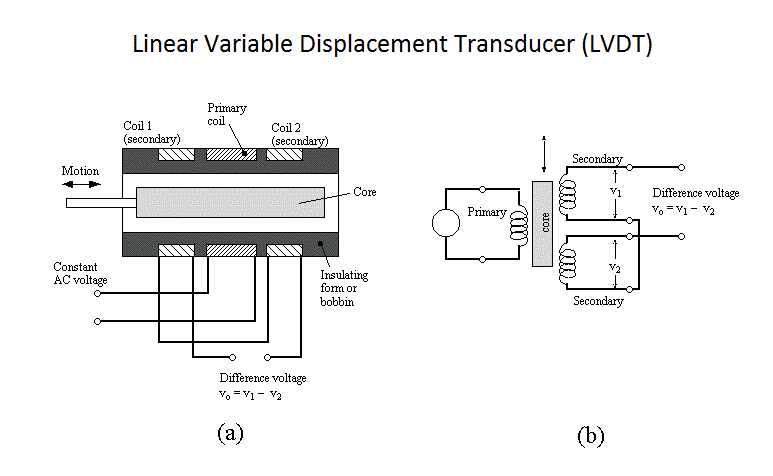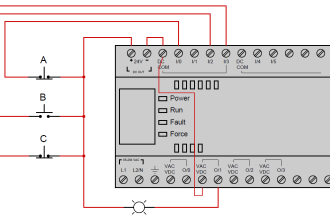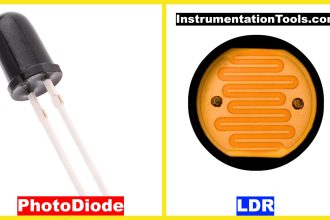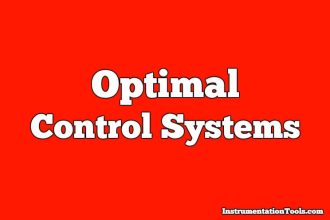A travel stop in the control valve is used as a mechanical limiter for stem travel. In fact, these travel stops are used to limit the stem travel at certain % travel whether limited to travel in the up direction or down direction. This restriction usually comes because of the capacity limitation in the downstream of the control valve.
Travel Stop in Control Valve
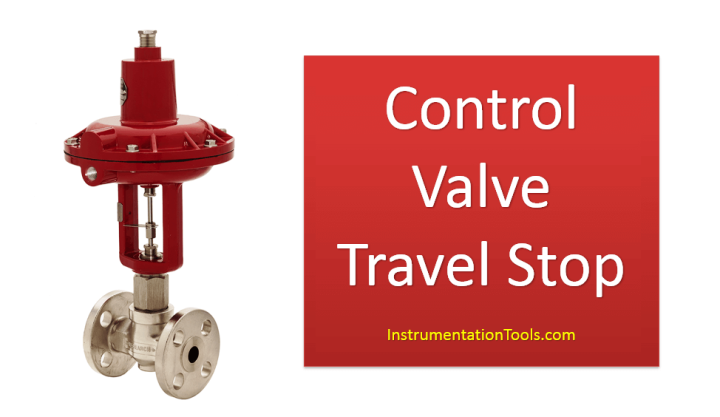
For example, we have a pressure control valve that serves as the over-pressure control of a slug catcher separator. The downstream of this valve is a flare header.
The flare itself has a certain maximum flow rate capacity. If the flow rate that can go through the control valve at 100% open exceeds the flare capacity then we need to put some travel stops.
Let’s say flare capacity is 300 mmscfd, after selecting our control valve, we get the result that for 100% opening it will have 350 mmscfd flow rate. The flow rate of 300 mmscfd is around 80% opening. So, we will put travel stops at 80% opening so that the full opening of the valve will only 80% with a flow rate below 300 mmscfd.
Valve Articles:
- Difference between PRV and PCV
- Compare BDV and SDV Valves
- Control Valve Calibration Procedure
- Self Actuated Control Valve Principle
- Inspection of Control Valves

